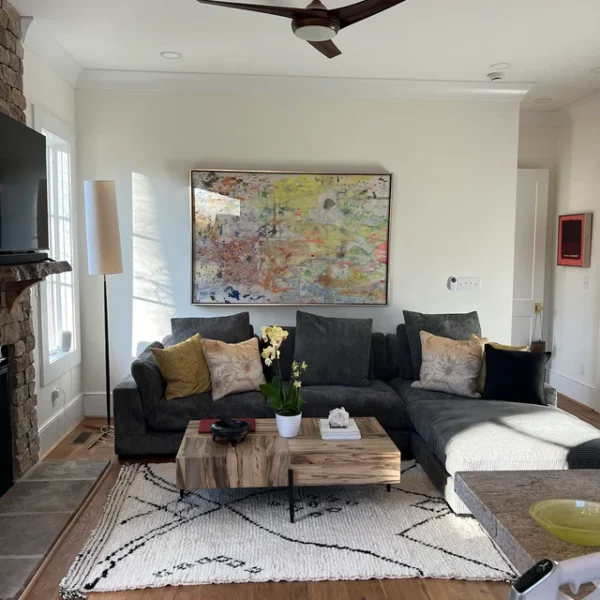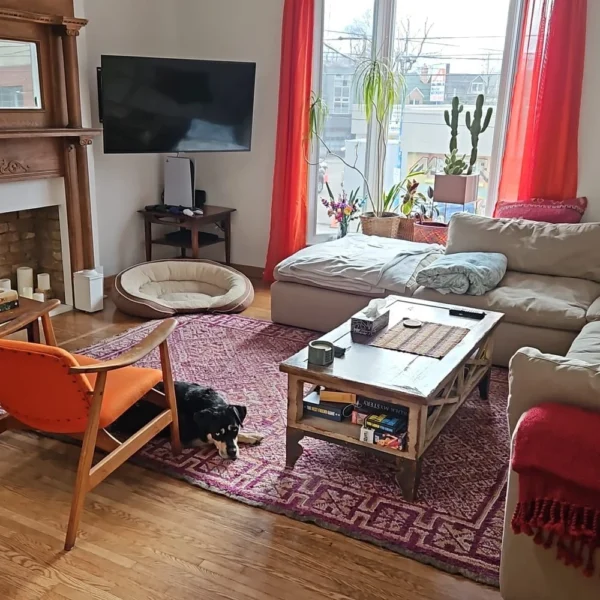A Tapestry of Tradition: The Historical Role of Berber Women in Moroccan Rug Making the rug shag moroccan, large moroccan rug, berber carpets
The story of Moroccan rug making is inseparable from the remarkable contributions of Berber women, whose skilled hands and creative vision have woven together the fabric of tradition for centuries. Embedded in the cultural heritage of Morocco, the art of rug making serves not only as a means of artistic expression but also as a reflection of the resilience, ingenuity, and communal spirit of Berber women throughout history.
Ancient Roots:
The origins of Berber rug making can be traced back to ancient times, where nomadic tribes traversed the rugged landscapes of North Africa, seeking sustenance and shelter amidst the harsh terrain. In this nomadic lifestyle, women played a central role as caretakers of the family and keepers of tradition. It was within this context that the art of rug making emerged, with Berber women utilizing natural materials such as wool and plant dyes to craft textiles that were both functional and beautiful.
Cultural Significance:
For Berber communities, rugs were more than just household items; they were symbols of identity, heritage, and social status. Each rug carried with it a story, a narrative woven into its intricate patterns and motifs, reflecting the experiences, beliefs, and aspirations of the women who created them. From the geometric designs of Azilal rugs to the tribal motifs of Beni Ourain, every rug spoke a unique dialect, preserving the cultural richness of Morocco’s diverse Berber tribes.
Empowerment through Artistry:
The art of rug making provided Berber women with a means of economic independence and empowerment within their communities. In a society where opportunities for formal education and employment were often limited, rug making offered women a creative outlet through which they could generate income and support their families. Through generations of skillful craftsmanship and communal collaboration, Berber women honed their techniques, passing down their knowledge and expertise from mother to daughter, ensuring the preservation of this cherished tradition for future generations.
Modern Resilience:
Despite the challenges of modernization and globalization, the legacy of Berber rug making endures as a testament to the resilience of Morocco’s indigenous communities. Today, Berber women continue to play a vital role in the production of Moroccan rugs, adapting age-old techniques to meet the demands of contemporary markets while remaining true to their cultural heritage. Through initiatives aimed at supporting artisanal craftsmanship and women’s empowerment, organizations like Bohemia Marrakech are helping to ensure the sustainability and vitality of this time-honored tradition.
Conclusion:
In the intricate patterns and vibrant colors of Moroccan rugs, we find not only a celebration of artistic expression but also a tribute to the strength, creativity, and resilience of Berber women throughout history. As we trace the historical tapestry of rug making in Morocco, we are reminded of the invaluable contributions of these women, whose artistry continues to enrich our lives and connect us to the timeless traditions of the past. Let us honor their legacy and support their ongoing efforts to preserve this cherished heritage for generations to come.





















